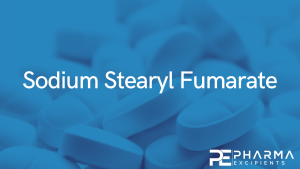Development and Use of a Residence Time Distribution (RTD) Model Control Strategy for a Continuous Manufacturing Drug Product Pharmaceutical Process

Residence-time-distribution (RTD)-based models are key to understanding the mixing dynamics of continuous manufacturing systems. Such models can allow for material traceability throughout the process and can provide the ability for removal of non-conforming material from the finished product. These models have been implemented in continuous pharmaceutical manufacturing mainly for monitoring purposes, not as an integral part of the control strategy and in-process specifications. This paper discusses the steps taken to develop an RTD model design space and how the model was statistically incorporated into the product’s control strategy. To develop the model, experiments were conducted at a range of blender impeller speeds and total system mass flow rates. RTD parameters were optimized for each condition tested using a tank-in-series-type model with a delay. Using the experimental RTD parameters, an equation was derived relating the mean residence time to the operating conditions (i.e., blender impeller speed and mass flow rate). The RTD parameters were used in combination with real-time upstream process data to predict downstream API concentration, where these predictions allowed validation across the entire operating range of the process by comparison to measured tablet assay. The standard in-process control limits for the product were statistically tightened using the validation acceptance criteria. Ultimately, this model and strategy were accepted by regulatory authorities.
Download full article as PDF here Development and Use of a Residence Time Distribution (RTD) Model Control Strategy for a Continuous Manufacturing Drug Product Pharmaceutical Process
or read it here
Formulation:
All experiments were conducted using the GEA CDC-50 rig. The equipment is composed of six loss-in-weight (LIW) feeders. The formulation used for these experiments involves a commercial formulation composed of an active pharmaceutical ingredient (API), two diluents, a disintegrant, and two lubricants. Given the commercial nature of the product, the qualitative composition of the product will be described. The API comprises more than 25% of the formulation composition by weight. The diluents in the system are microcrystalline cellulose and anhydrous dicalcium phosphate. The disintegrant and lubricants are croscarmellose sodium, magnesium stearate, and sodium stearyl fumarate, respectively.
Hurley, S.; Tantuccio, A.; Escotet-Espinoza, M.S.; Flamm, M.; Metzger, M. Development and Use of a Residence Time Distribution (RTD) Model Control Strategy for a Continuous Manufacturing Drug Product Pharmaceutical Process. Pharmaceutics 2022, 14, 355. https://doi.org/10.3390/pharmaceutics14020355
Read more Sodium Stearyl Fumarate as a pharmaceutical excipient here:


